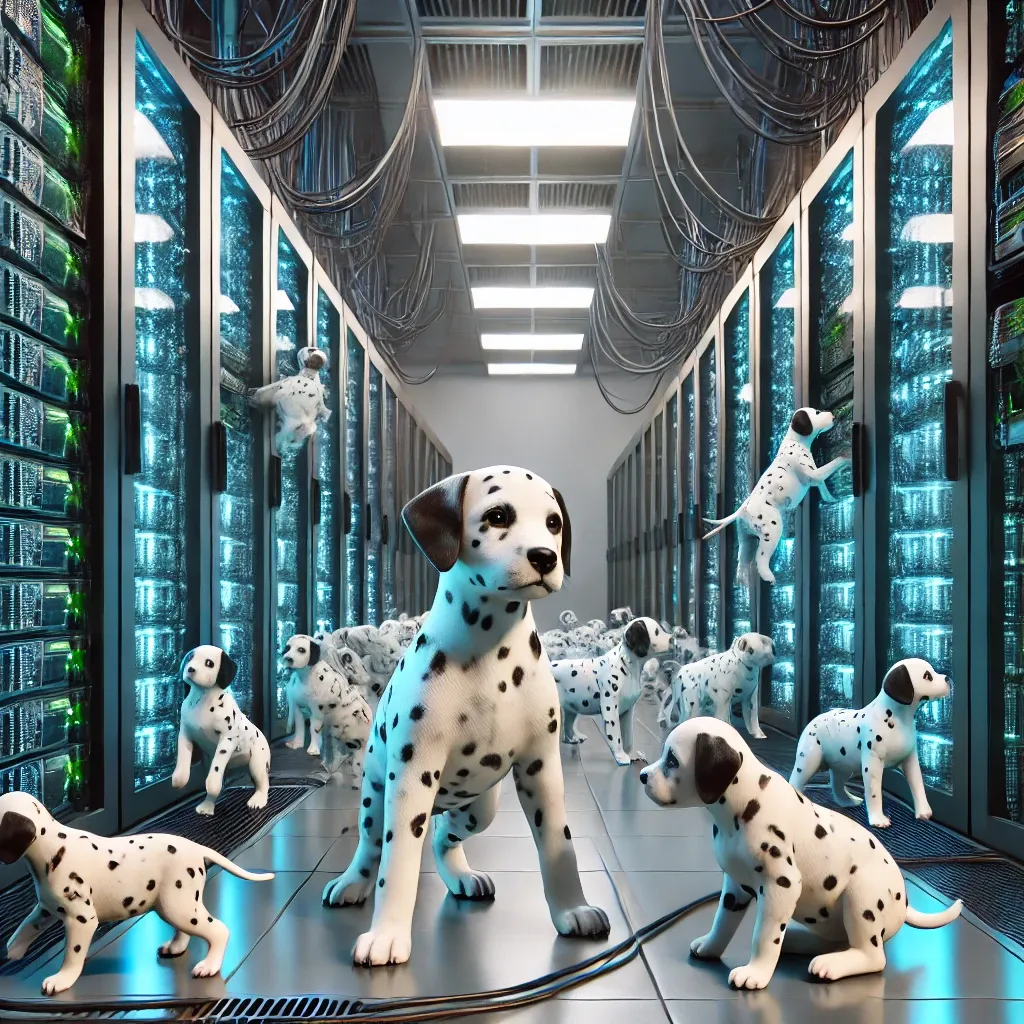The OpenStack community has released its 30th version of the open source cloud infrastructure software, version 2024.2, dubbed “Dalmatian.”
The new release comes amid a resurgence of interest in the private cloud software as CIOs take a much more strategic view of what they run in public cloud amid cost and performance concerns and Broadcom’s VMware takeover drives private cloud users to rethink their options.
Among the companies that The Stack has spoken with recently building large OpenStack environments are Warren Buffett-owned insurer GEICO (interview to follow soon, make sure you’re subscribed to get it) and Europe’s largest retailer the Schwartz Group – whose wholly-owned IT services provider spin-off STACKIT is providing private cloud services to some of Germany’s largest football clubs, among other customers.
New OpenStack release: 480+ involved
Some 487 contributors from organisations including Red Hat, Cleura, Mirantis, Walmart, BBC R&D, Blizzard Entertainment, and NVIDIA built Dalmatian, the Open Infrastructure Foundation (which overseas the project) said, adding by email that the new OpenStack 2024.2 release delivers “support for AI workloads, enhanced security, and improved user experiences among widespread maintenance updates.” (There are over 45 million OpenStack cores in production it added – with the market predicted to quadruple from $22 billion in 2024 to $91 billion by 2029.)
“OpenStack is currently experiencing a significant surge in adoption, attributed largely to the software’s popularity as a VMware alternative and its unique suitability for supporting artificial intelligence (AI), machine learning (ML) and other high performance computing (HPC) workloads. Another driver of OpenStack adoption is its integration with Linux and Kubernetes in the “Open Infrastructure Blueprint,” which empowers users to deploy container-based, virtual machine-based, and bare metal-based workloads in the same infrastructure” the OpenInfra Foundation said.
OpenStack 2024.2 Dalmation: What’s new?

OpenStack’s contributors made. 7,640 changes over the past six months, said Thierry Carrez, general manager of the OpenInfra Foundation.
In Dalmatian OpenStack gets the option of a much more modern and performant web user interface, Skyline. This is now production ready and adds support for Masakari (high-availability instance recovery) Designate (open source DNS-as-a-Service) and firewall-as-a-service (FWaaS).
Dalmatian also improves OpenStack’s support of AI and HPC workloads.
The team highlighted the following:
Blazar introduced support for reserving compute instances based on existing Nova flavors. This can be used to provide reservation of GPU instances.
In Nova, with the libvirt driver and libvirt version 7.3.0 or newer, mediated devices for vGPUs are now persisted across reboots of a compute host. This offers more convenience and efficiency improvements for users of hardware accelerators, many of whom currently may be training AI systems.
… As well as a host of security improvements and user interface updates critical for those who are migrating from VMware to OpenStack.
The OpenInfra Foundation highlighted that:
Ironic has added runbooks, a new API concept to enable self-service of maintenance items on nodes by project members. Runbooks are curated lists of steps that can be run on nodes only associated via traits and used in lieu of an explicit list of steps for manual cleaning or servicing. They also follow RBAC rules, allowing projects to limit who can maintain and use a runbook.
Manila: Users now have the ability to manipulate storage capabilities through shared metadata. Cloud operators can determine which capabilities are updatable, and users are then notified about the status of the updates through asynchronous user messages.
More release highlights are here.
nb In 2022, the OpenStack community adopted a once-a-year SLURP release cadence. OpenStack Dalmatian is a “not-SLURP release,” offered in the six-month interim for those who wish to upgrade more frequently.








